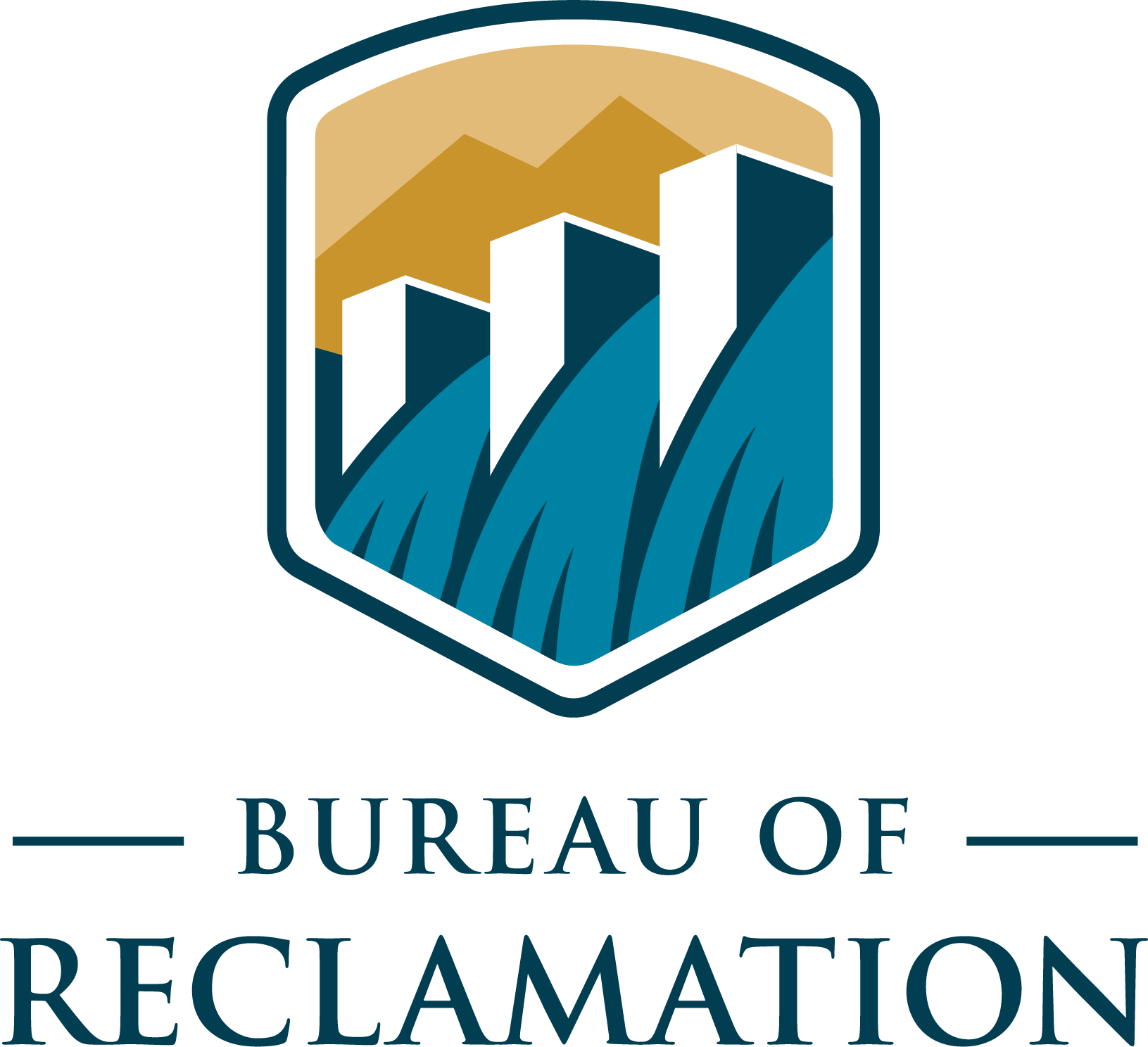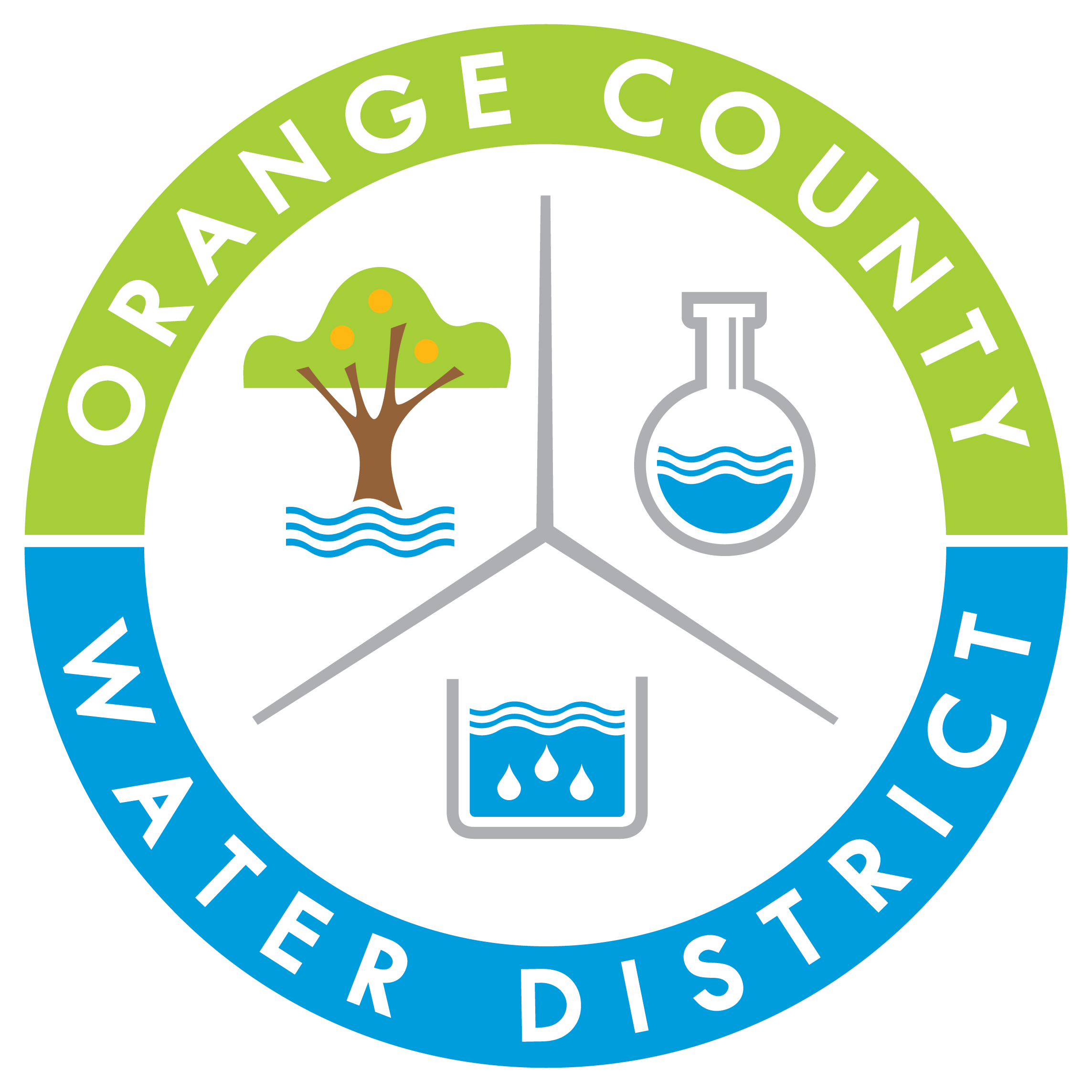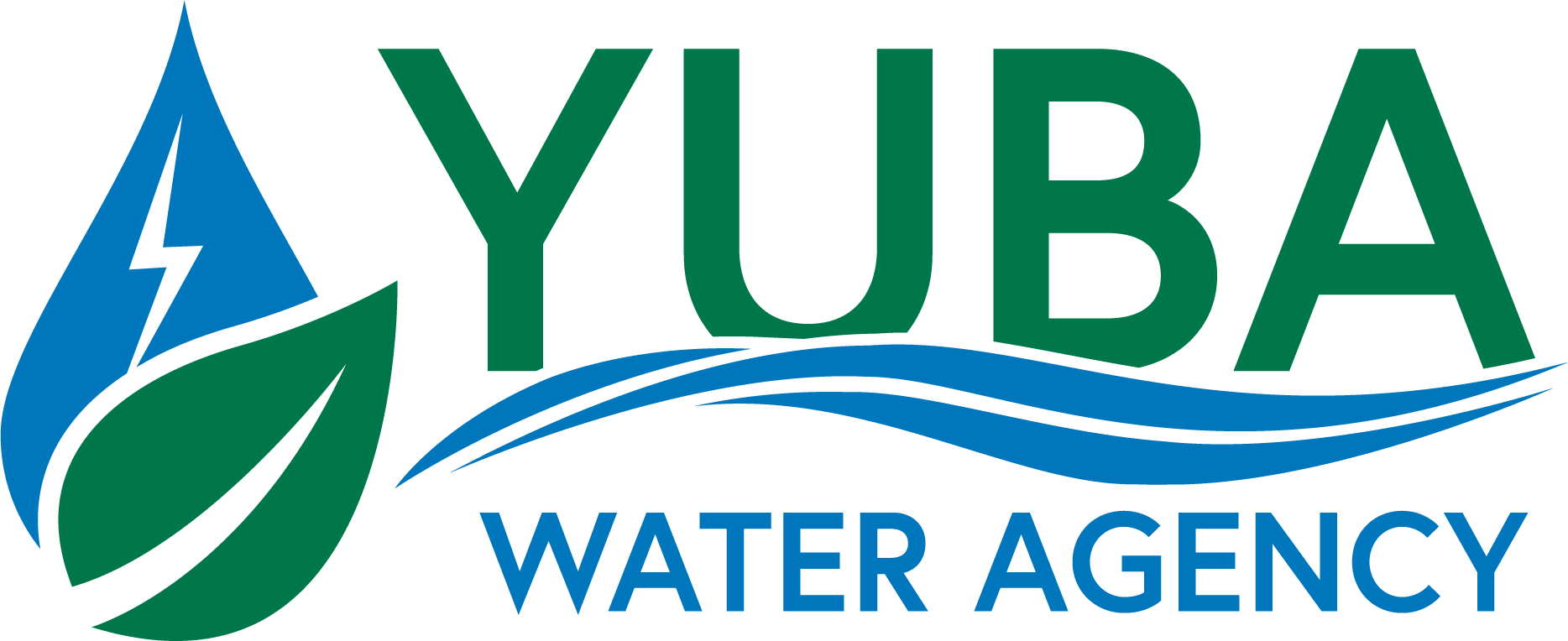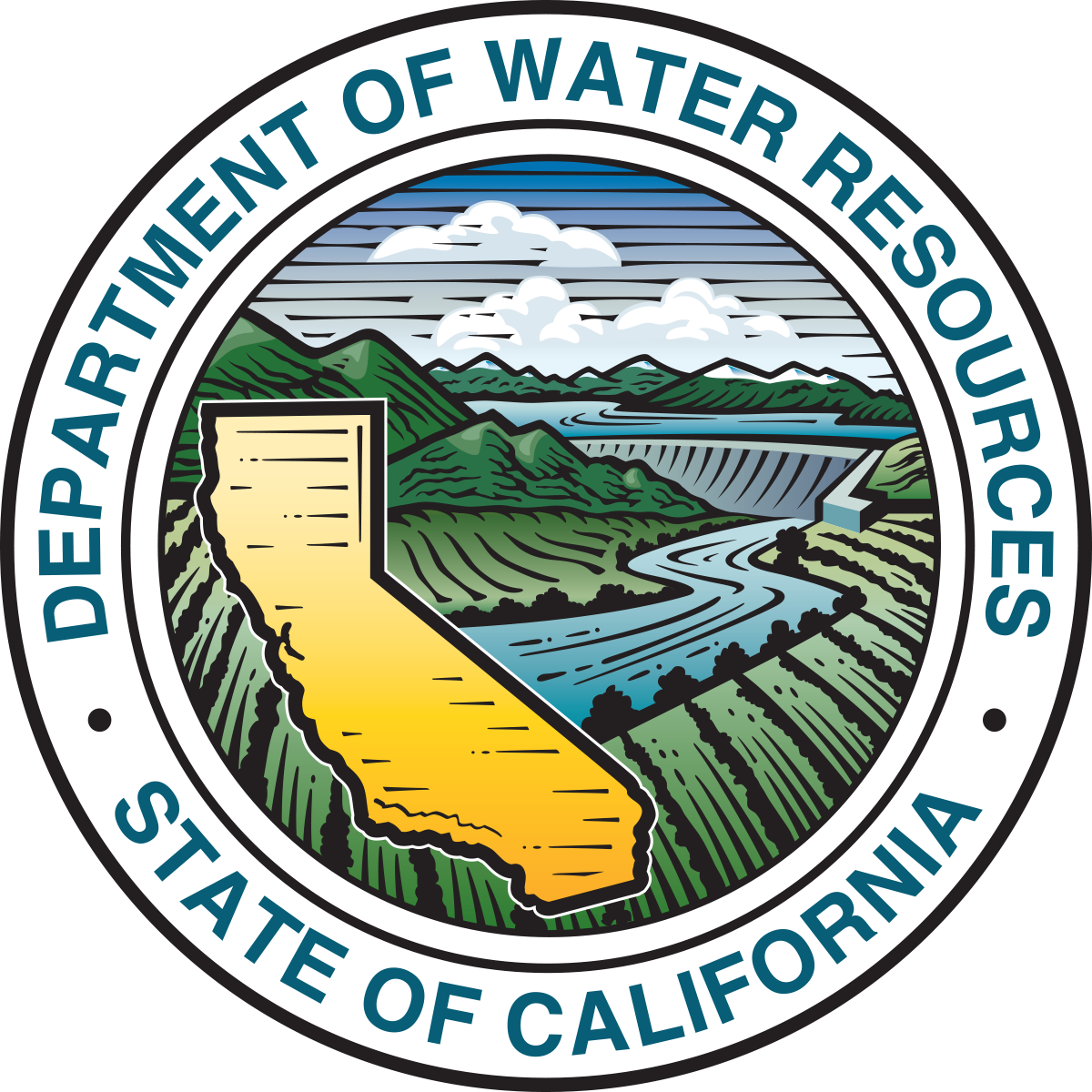Forecast Informed Reservoir Operations
FIRO is a reservoir-operations strategy that better informs decisions to retain or release water by integrating additional flexibility in operation policies and rules with enhanced monitoring and improved weather and water forecasts (American Meteorological Society; 2020).
FIRO is being developed and tested as a collaborative effort in the Russian River Basin (Lake Mendocino, Lake Sonoma), the Santa Ana River Basin (Prado Dam, Seven Oaks Dam), the Yuba-Feather River Basins and the Green River (Howard Hanson Dam) that engages experts and stakeholders in civil engineering, hydrology, meteorology, biology, economics and climate from several federal, state and local, universities and others. There is significant interest and support for developing FIRO at other appropriate locations in the Western U.S. and elsewhere.
 |
 |
 |
 |
 |
 |
 |
 |
 |
 |
 |
 |
 |
 |
 |
 |
Forecast Informed Reservoir Operations
Some small descriptive text about FIRO. Short description on new projects and expansion. For more information about each FIRO project below click on the watershed name.
|
The first FIRO pilot project is for Lake Mendocino, a reservoir in the Russian River Watershed located in Northern California. CW3E and Sonoma Water Agency are chairing the multiple-agency effort to assess the viability of FIRO for Lake Mendocino. Lake Mendocino is the smaller of the two reservoirs located in the Russian River Watershed. The Russian River is a primary water supply for Mendocino, Sonoma and Marin counties. Sonoma Water is a wholesale supplier of water from the Russian River to urban areas in Sonoma and Marin counties, serving over 600,000 people. In addition, the Russian River and adjacent alluvial aquifers provide the water supply for several cities, communities, rural residents, and agriculture in the watershed. The Russian River and tributaries also support three salmonid species listed under the state and federal Endangered Species Act. Click here for more information about FIRO in the Russian River watershed. |
|
To increase the efficiency of stormwater capture at Prado Dam, CW3E is collaborating with the Orange County Water District (OCWD) and U.S. Army Corps of Engineers (USACE), Los Angeles District to see if the lessons learned implementing FIRO at Lake Mendocino can be transferred and applied to the Santa Ana River Watershed. Prado Dam is located in Riverside County near the City of Corona at the upper end of the Lower Santa Ana River Canyon, about 30.5 miles (49 kilometers) upstream of the Pacific Ocean (see figure 1). This natural constriction controls 2,255 square miles (5,840 square kilometers) of the 2,450 square mile (6345 square kilometer) Santa Ana River watershed. Click here for more information about FIRO at Prado Dam. |
|
Yuba Water Agency (Yuba Water), owner and operator of New Bullards Bar (NBB) Reservoir, and the California Department of Water Resources (DWR), owner and operator of Lake Oroville, are working with the U.C. San Diego, Scripps Institution of Oceanography, Center for Western Weather and Water Extremes (CW3E) to assess the potential of Forecast-Informed Reservoir Operations (FIRO). FIRO leverages scientific improvements in forecasting of atmospheric rivers, which are responsible for more than 90 percent of the flood damages in this region, to anticipate and better manage large storm events while providing opportunities to enhance water supply. A preliminary study indicated FIRO could significantly reduce flood risks in Yuba and Sutter Counties. Click here for more information about FIRO in the Yuba and Feather Rivers watersheds. |
|
Located on the Santa Ana River, Seven Oaks Dam (built in 2000 to store 145,600 ac-ft), in tandem with Prado Dam, prevents flood-related damages from extreme precipitation events in Orange, Riverside, and San Bernardino Counties. These events have typically been driven by strong and long-lasting atmospheric rivers (AR) storms.. Operations at Seven Oaks Dam and Prado Dam have historically accounted for such storms, but recent advances in understanding how ARs work, and how to better predict them, yield the potential to enhance water supply reliability and flood risk management, and other co-benefits such as habitat. Click here for more information about FIRO at Seven Oaks Dam. |
|
The Center for Western Weather and Water Extremes (CW3E) is collaborating with Tacoma Public Utilities and the U.S. Army Corps of Engineers (USACE) to assess the potential of Forecast-Informed Reservoir Operations (FIRO) to improve reservoir operations to optimize multiple reservoir benefits. FIRO at Howard Hanson Dam will investigate the key question: Can current and improved forecasts of landfalling atmospheric rivers and associated precipitation and runoff be used to inform flexible reservoir operations at Howard Hanson to store more water at the beginning of the flood season, without impacting flood risk, to improve water supply and fishery habitat? Click here for more information about FIRO at Howard Hanson Dam. |
American Meteorological Society, cited 2020: Forecast-informed reservoir operations. Glossary of Meteorology. [Available online at http://glossary.ametsoc.org/wiki/Forecast-informed_reservoir_operations.]





